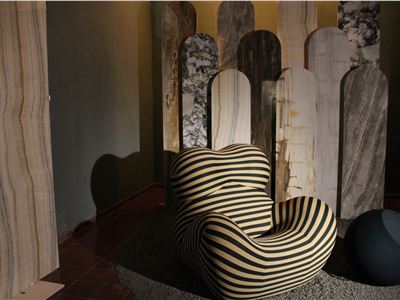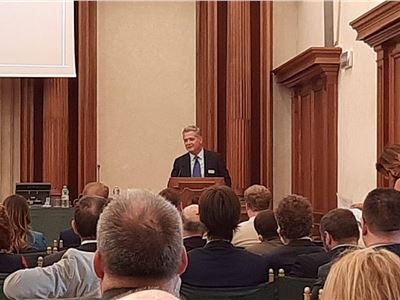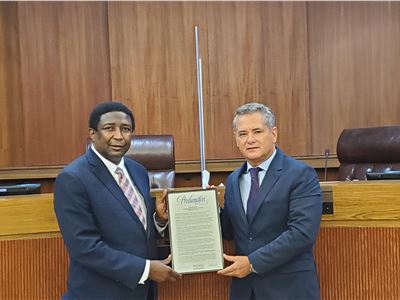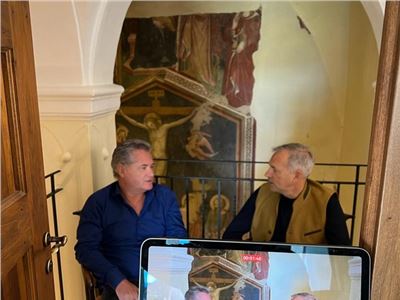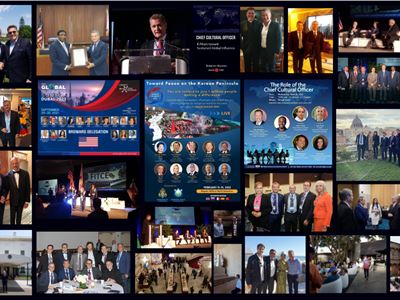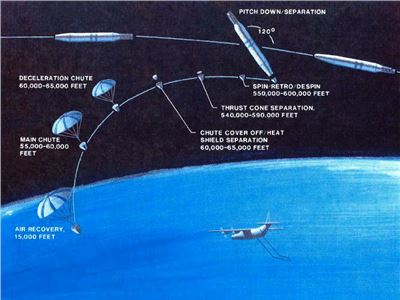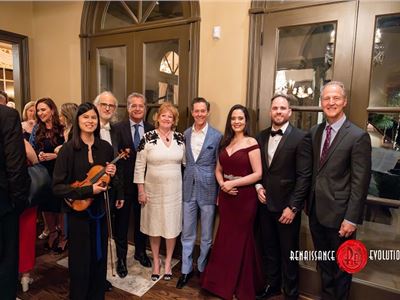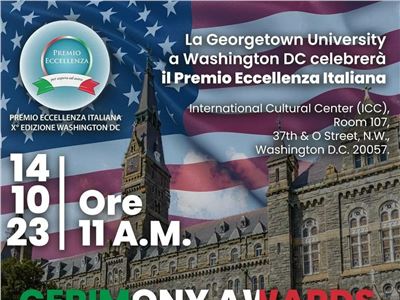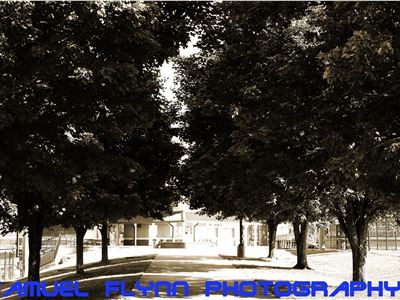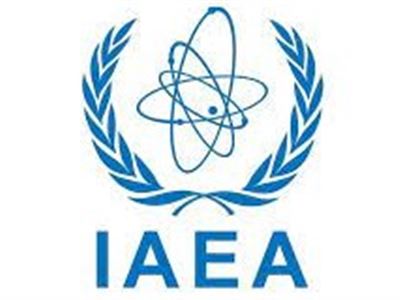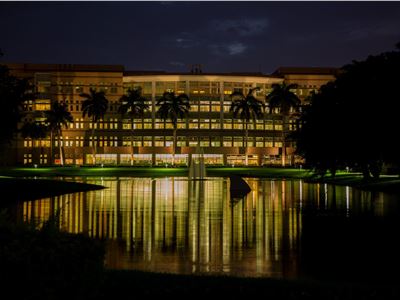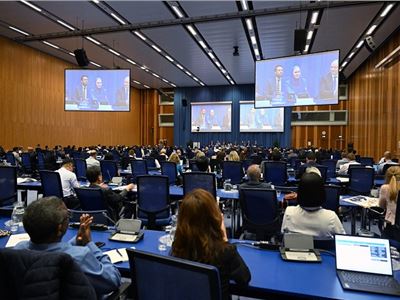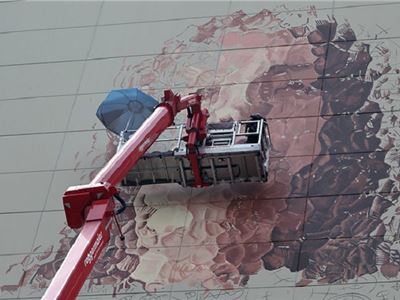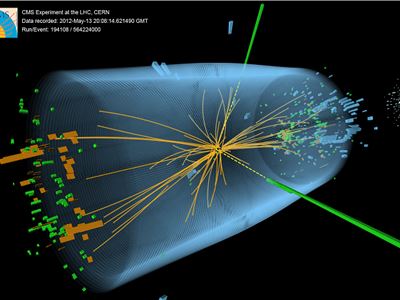This is similar process to that which creates the Northern Lights and will help scientists better understand how different auroras are formed.
Dr Guillaume Gronoff and his intern Sam Walker from Letourneau University in Texas, built the Planeterrella at the Langley Research Center in Hampton, Virginia.
"It recreates the atmosphere of the Earth at 80km in altitude when an aurora is occurring" said Dr Gronoff, a research scientist at Nasa Langley, "The aurora is created when particles, originally from the sun, precipitate into the atmosphere".
The Planeterrella machine is a spinoff of an experiment from the 19th century called the Terrella and it was created by Norwegian physicist Kristian Birkeland, first demonstrated the glowing result of electrically charged particles mixing with a magnetic field.
Dr Gronoff and his team upgraded the old experiment by adding several spheres, which allowed them to recreate the auroral ovals that occur on Earth and several other planets.
“For example, we can show the reaction when Io, the satellite of Jupiter, sends particles to Jupiter. We can also simulate the aurora at Neptune and Uranus, when their magnetic fields are directly pointing towards the sun” said Dr Gronoff.
Studying auroras and the relationship between the sun and the Earth is a key focus area of Nasa’s Science Mission Directorate. The Planeterrella machine will used for demonstrating how each variable interacts to create an aurora.
“The Planeterrella allows us to create analogies with existing processes, like the aurora at Mars, which do not have a global magnetic field, but several localised magnetic fields, or Uranus and Neptune, when the magnetic fields of those planets point towards the Sun” explained Dr Gronoff.
- Tags: scientists Northern Lights Earth’s_most_colourful_light planets glass_dome Planeterrella magnetic_field Dr Guillaume Gronoff Sam Walker Letourneau_University Texas Langley_Research_Center Hampton Virginia 80km aurora Nasa_Langley atmosphere Planeterrella_machine experiment 19th_century Norwegian_physicist_Kristian_Birkeland satellite_of_Jupiter Jupiter Neptune Uranus Nasa’s_Science_Mission_Directorate Mars
- Categories: Business Culture Education Good News Life & Style Politics School Science Tech Travel




